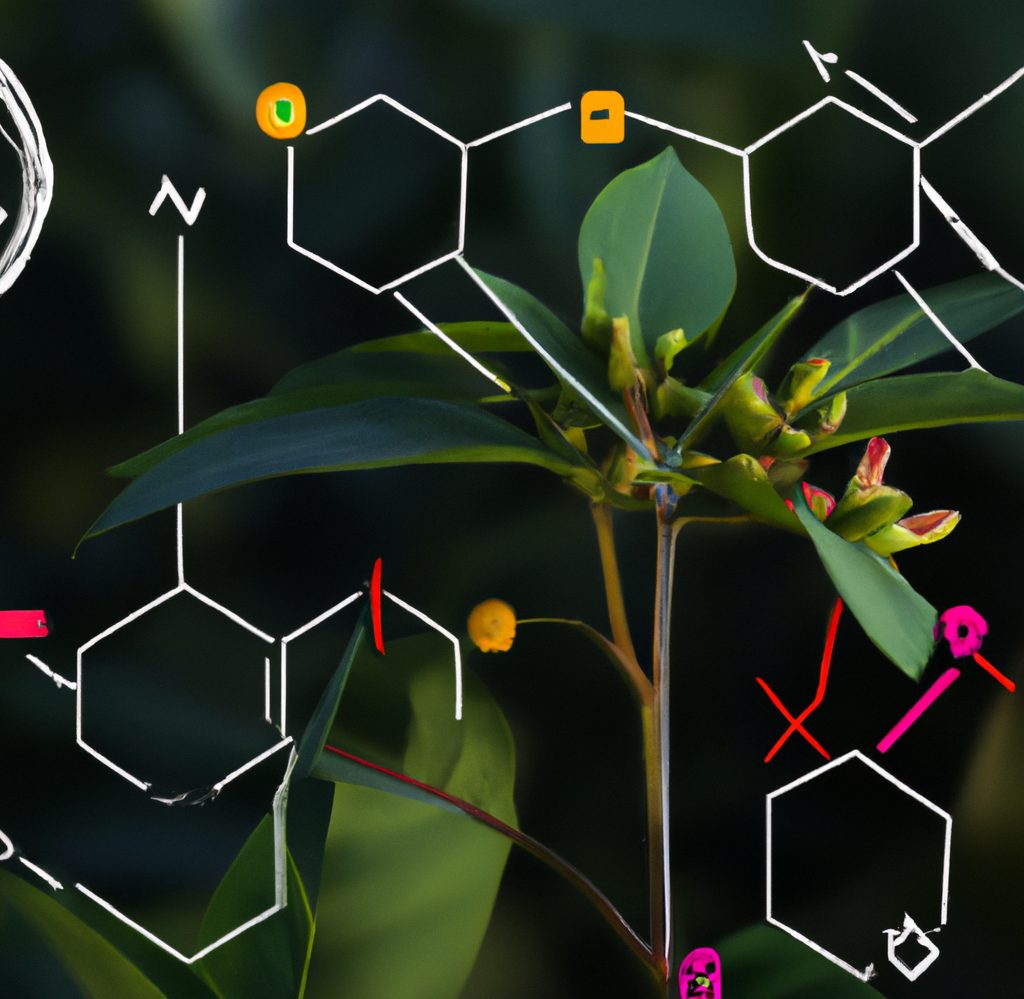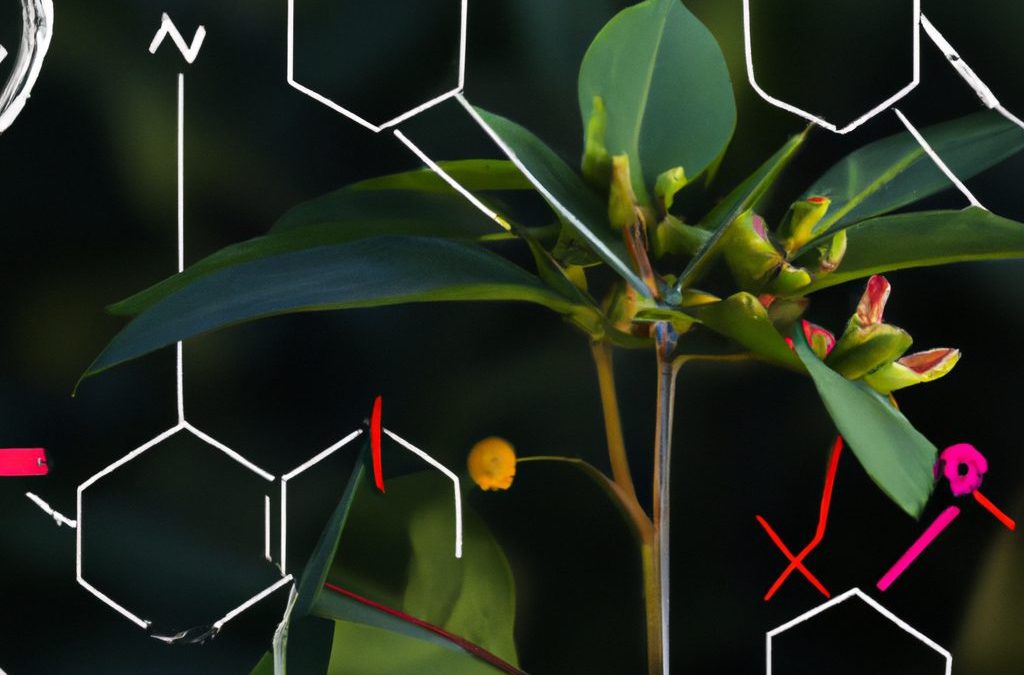
In today’s era of environmental consciousness amidst the climate crisis, the sustainability of products has become a paramount concern for consumers and manufacturers alike. Nicotine pouches, often touted as a cleaner alternative to traditional tobacco products, come under scrutiny regarding their ecological footprint. This article delves into the sustainability of nicotine pouches, analyzing aspects such as manufacturing processes, material composition, brand initiatives, and environmental impact compared to conventional tobacco products like cigarettes. Let’s explore the various factors influencing the sustainability of nicotine pouches.
Factors Influencing Nicotine Pouch Sustainability
The sustainability of nicotine pouches is influenced by various factors, primarily concerning the manufacturing process rather than consumer actions. Key determinants include:
- Manufacturing Processes: The energy sources powering manufacturing processes significantly impact environmental sustainability.
- Material Composition: Both the pouches and cans contribute to sustainability, influenced by factors such as biodegradability and ethical sourcing of materials.
- Transportation: Transportation to and from production facilities also plays a role in the overall carbon footprint of nicotine pouches.
Sustainable Manufacturing Practices
While nicotine pouches are predominantly produced in automated factories powered by electricity, the sustainability of these processes depends on the energy source. Some companies are adopting renewable energy sources to mitigate their environmental impact, such as Nordic Snus AB utilizing hydropower for production.
Materials Used in Nicotine Pouches
Nicotine pouches are often lauded for their biodegradable plant fibers, but the sustainability of the entire product hinges on various factors. Common materials include cellulose, pine, eucalyptus, and more innovative options like coconut fibers. Additionally, container materials, such as the innovative PlantCan used by certain brands, contribute to overall sustainability efforts.
Offsetting Carbon Footprint
The shipping process contributes to the carbon footprint of nicotine pouches, especially for international orders. To counteract this, some companies engage in carbon offset initiatives, such as tree planting, to mitigate CO2 emissions produced during shipping.
Brand Initiatives for Environmental Sustainability
Several nicotine pouch brands prioritize environmental sustainability through various initiatives:
- British American Tobacco (BAT) aims for sustainability targets like making all plastic packaging reusable or recyclable by 2025 and achieving 50% renewable energy usage by 2030.
- Altria commits to using 100% renewable electricity by 2030, aligning with its stance on climate change.
Comparing Nicotine Pouches with Cigarettes
While nicotine pouches demonstrate strides towards sustainability, a comparison with cigarettes reveals differences in environmental impact:
- Usage and Disposal: Nicotine pouches emit fewer toxic chemicals compared to cigarette smoke and offer easier disposal methods, reducing littering and pollution.
- Environmental Impact: Cigarette butts, comprising non-biodegradable materials, contribute significantly to pollution, whereas nicotine pouches present potential for biodegradability and recyclability.
Steps Towards Eco-Friendly Nicotine Pouches
To enhance the eco-friendliness of nicotine pouches, several measures are suggested, including:
- Developing biodegradable pouch sachets.
- Utilizing synthetic nicotine rather than tobacco-derived sources.
- Ensuring recyclability of all packaging materials, such as adopting innovations like the PlantCan.
In conclusion, while nicotine pouches demonstrate potential for sustainability compared to traditional tobacco products, ongoing efforts in manufacturing practices, material sourcing, and environmental initiatives are essential for further reducing their ecological footprint.

